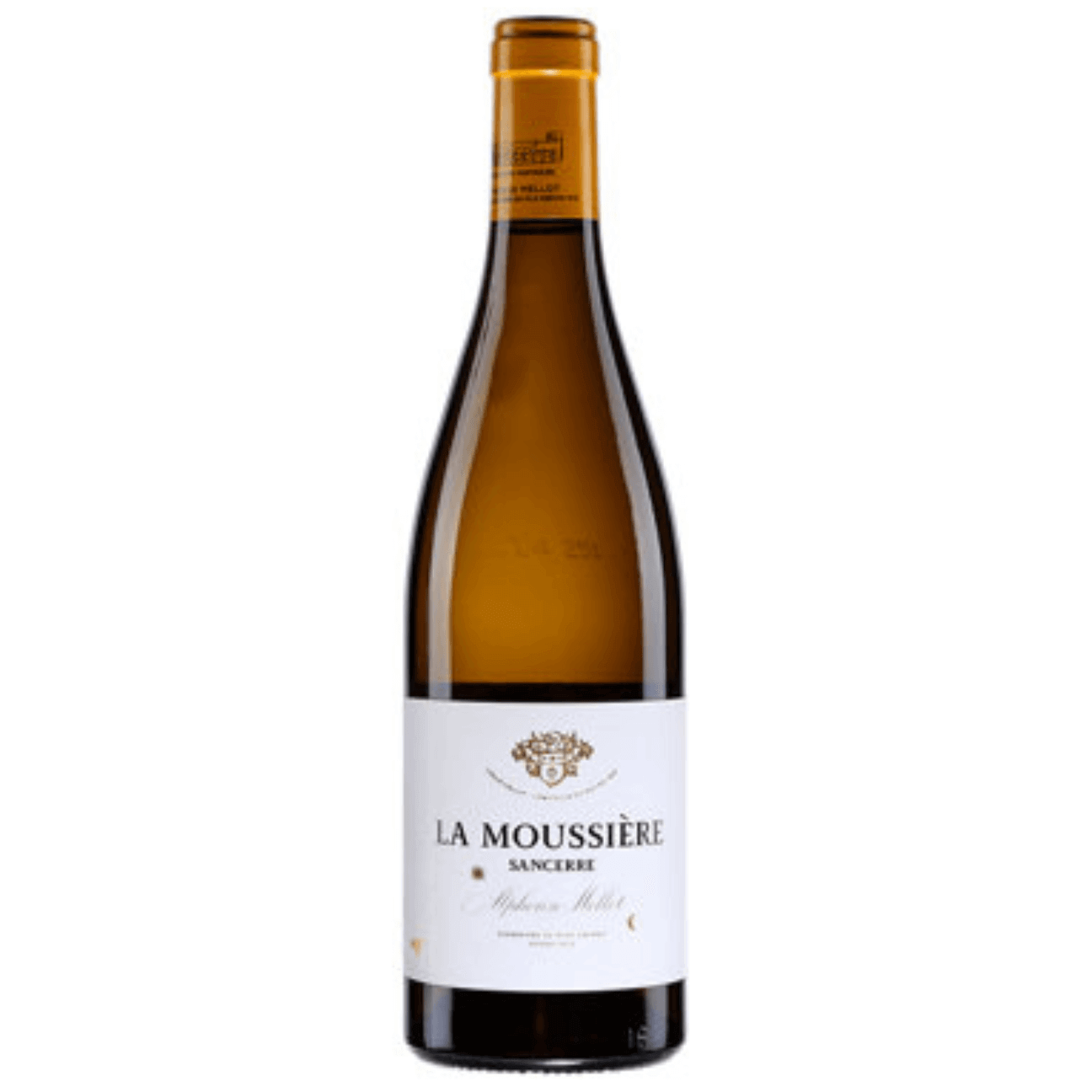Description
About Domaine Alphonse Mellot Wines
If anyone doubted Sauvignon Blanc’s place in the pantheon of noble white grapes (and many do), a walk-through of Alphonse Mellot’s famed La Moussière vineyard, or a taste of any bottle of Mellot Sancerre should set matters straight. Mellot’s Sauvignons are capable of recalling great white Burgundy, sometimes Chablis, sometimes Côte d’Or. And they typically age better than most white Burgundies do these days! Jacqueline Friedrich summed it up perfectly when she wrote, “Each Sancerre [from Mellot] is at its most elegant: discreetly herbaceous, a beautiful weave of citrus, oak and minerals.”
For those of you new to the wines of Alphonse Mellot, some context is important. For much of its recent history, the Mellot family has crafted its miraculous Sauvignons in a highly popular region where standards were continuously dropping, and viticulture and winemaking were becoming more and more industrial. Alphonse Mellot was, and is, one of the beacons of quality in a region where today, some 98% of the fruit is machine-harvested. The terroir of Sancerre is beautiful, one of Europe’s great limestone propositions. Unfortunately, the region’s immense popularity has encouraged apathy and opportunism and Sancerre remains very much a case of ‘All this Useless Beauty’, as Elvis Costello put it – great terroir full of largely untapped potential.
Crafted from a high percentage of old vines and low yields, naturally fermented and then bottled without fining or filtration, Mellot’s whites are transcendent examples of their appellation.
La Moussière, where the estate’s most historic white wines are grown, is one of the most remarkable and best-kept vineyards in France. It is a beautiful, south-facing, rolling slope, with deep, limestone-rich, ploughed soils. The vines are densely planted (8,000-10,000 vines per hectare) and there is a large percentage of old vines. Incredibly, 40 people are employed to manage 47 hectares! If anyone can be said to be guardians of Sancerre terroir, it is these hardy souls, pruning through winter on the frigid slopes of La Moussière. Here, everything is done by hand, biodynamically, and to immaculate standards. The winery is full of the kind of equipment (sorting tables, conveyor belts, pneumatic presses, large wooden temperature-controlled fermentation tanks, etc.) that you only typically find in the finest Burgundy domaines – absolutely no expense has been spared.
If you like your whites from this part of France cast from the Dagueneau mould (Alphonse senior and Didier were so close that they often clashed like father and son)—chiselled, layered, mineral and with personalities reflecting a sense of place rather than being overtly varietal—then step this way. The single-site wines, in particular, are vibrant, stony titans with the kind of texture, energy and glacial purity that stacks up against the finest Rieslings and white Burgundies.






